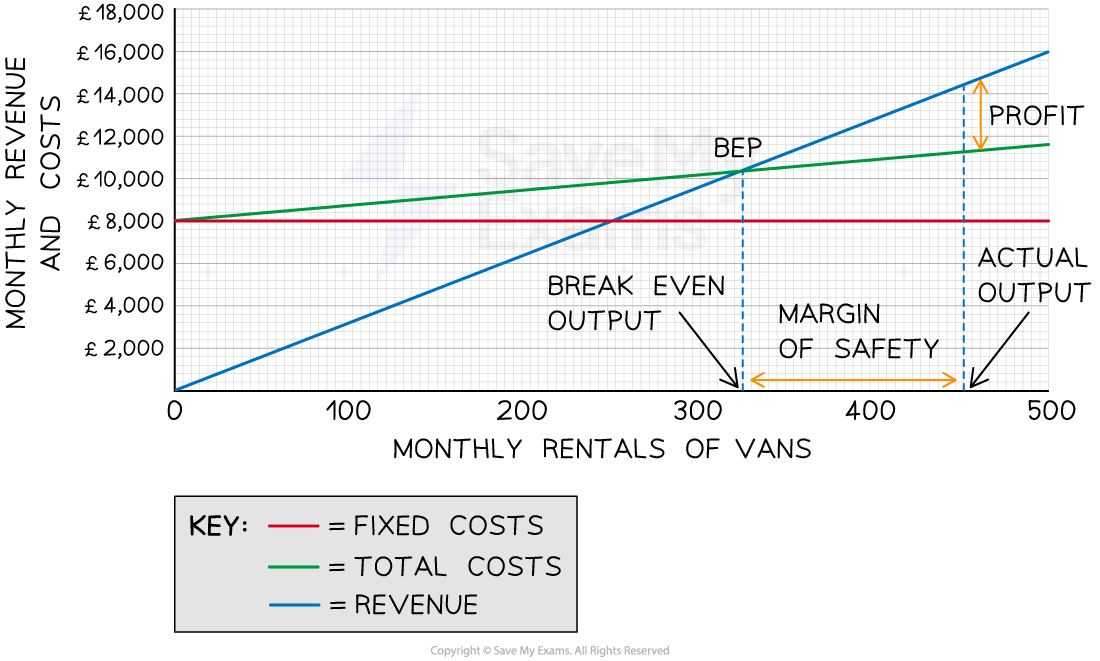An Introduction to Break Even Analysis
- Break-even analysis is a financial tool used to determine the point at which the business revenue equals its expenses, resulting in neither profit nor loss
- It helps businesses understand the minimum level of sales or output they need to achieve in order to cover all costs
- This helps business managers to make informed decisions about pricing and production volumes
- This helps business managers to make informed decisions about pricing and production volumes
- Break-even analysis takes into account three main components

The main components of break even analysis
- Fixed costs are costs that do not change regardless of the level of production or sales
- E.g. rent, salaries and insurance
- E.g. rent, salaries and insurance
- Variable costs are costs that vary with the level of production or sales
- E.g. raw materials, direct labour costs, packaging and shipping costs
- E.g. raw materials, direct labour costs, packaging and shipping costs
- Sales revenue is the money gained from selling products/service and is calculated as follows
Sales revenue = number of items sold x selling price


